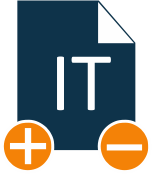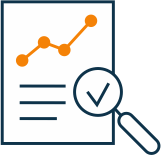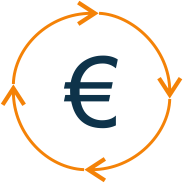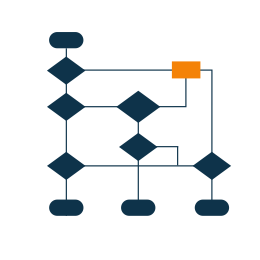Hidden ICT costs
Larger organisations are exposed to central IT costs, decentralised IT costs, IT costs in projects, SaaS purchases by business units, outsourced IT-related services and even hidden ‘Shadow IT’. IT costs vanish into the aggregation of costs by department, business unit, geography or P&L. Consequently, there is no longer a central location at which you can find a cross-section of your overall IT costs. While these kinds of insights can help you identify potential savings or synergies—sometimes worth many hundreds of thousands of Euros—eV-ict provides you with insights from different angles by distilling IT data from your administrative and technical systems and making these data (re)usable. This allows you to make IT costs controllable to the fullest extent possible.












